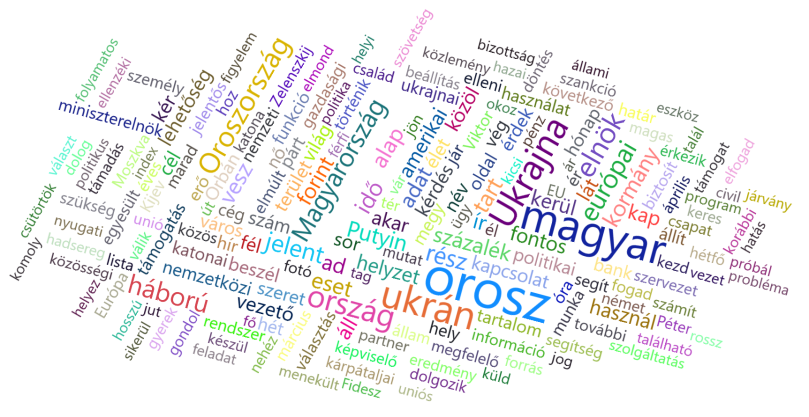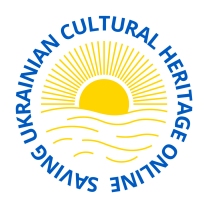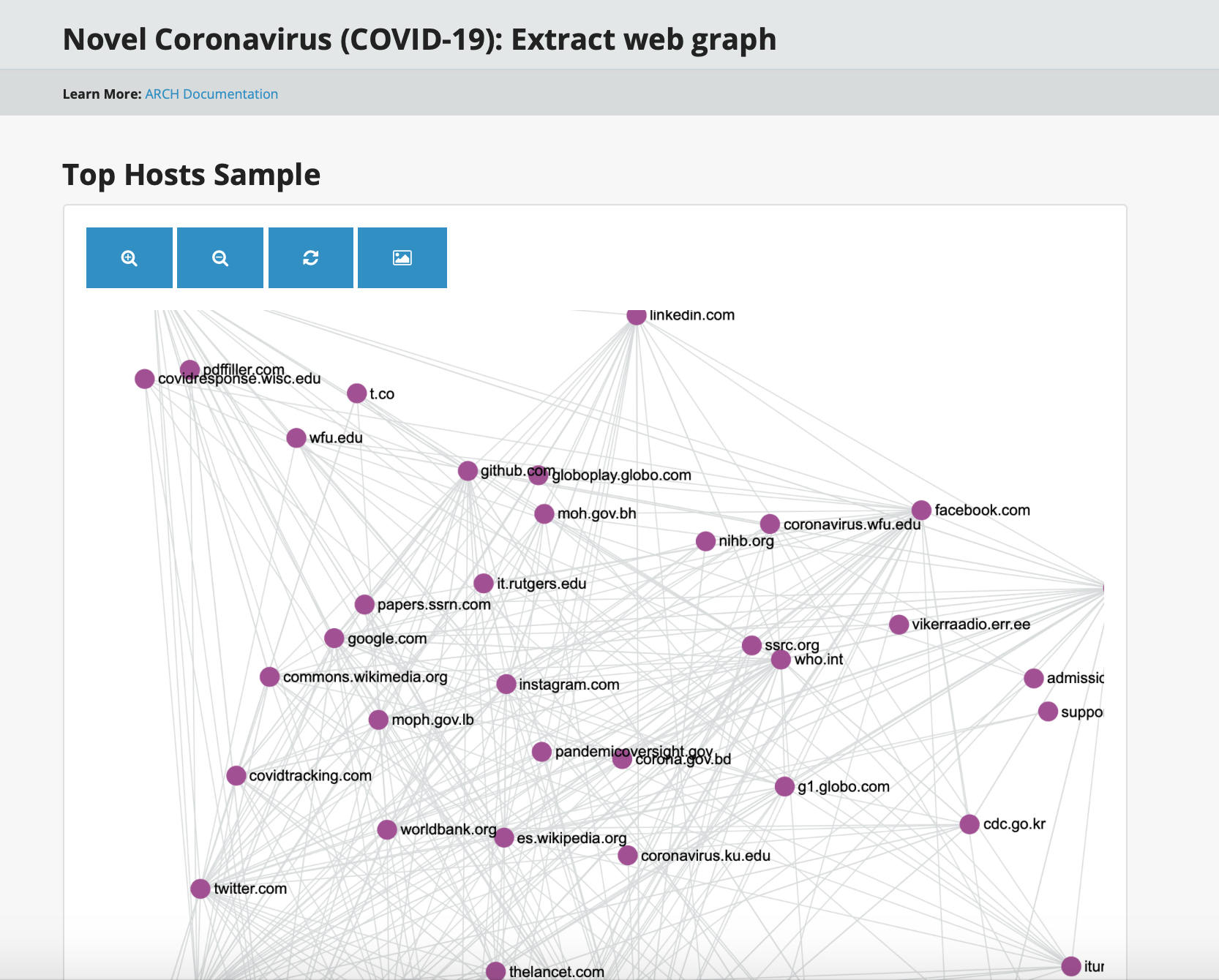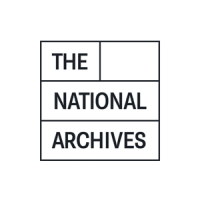By Andy Jackson, Web Archiving Technical Lead at the British Library (until January 2024)
I joined the UK Web Archive early in 2012, during the build-up to our very first UK domain crawl. As I started to understand what the team did, it became very clear that the collaboration with the wider IIPC web archiving community had been crucial to the team’s success, and would be a vital part of our future work.
The knowledge sharing and socialising at the IIPC conferences provide the fundamental rhythm, but the web archiving community has arranged all sorts of beats over that bass drum. Not just special events, both online and in person (e.g. technical training and a hackathon held at the British Library), but also through the way we build our shared tools. My research career had often involved using open source software, but in web archiving I began to understand how those same approaches had been used to share the load of developing standard practices, embodied by specialist tools. I also began to see how this could empower people and organisations to run their own web archiving operations.
Buy or Build?
While the public awareness of web archiving has certainly risen over the years, it remains something of a niche concern. It has been over twenty years since a small group of cultural heritage organisations kicked things off, writing and sharing their own tools to archive the web. In the intervening years the heritage community has grown a great deal, but most of today’s archival web crawlers are still built on those first foundations. There seems to be a reasonable market for ‘medium-scale’ web archiving, with a few different vendors offering various services at that scale. But at the extremes, with personal web archiving at one end and Legal Deposit domain crawls at the other, there are all sorts of constraints that make it difficult to take advantage of those commercial offerings.
Sometimes, you have to build your own tools. But, if you must build your own, you can try to find others with similar needs and look for common ground to share. Open source licences and development practices have clearly been pivotal to helping this happen in web archiving, leading to the widespread use of Heritrix for web crawling and of the original Java Wayback playback engine. This was a success story I wanted to join in with, and a community I wanted to help grow.
Barriers to Collaboration
Seeing this historical success, I took it for granted that of course our institutions would understand and support this. That anyone using these tools would be able and keen to collaborate. Why keep fixing the same bugs alone when we could fix each one once by working together?
That was very naive of me. There are lots of reasons why the open source model of collaboration can be difficult to adopt. The relationships between organisational needs and Information Technology service delivery are incredibly varied and complex. It can be very difficult to get the space and permission to experiment. It can be extremely difficult to build up or pull in the skills we need.
Even where people would like to collaborate more, there are often perfectly understandable personal or professional constraints that mean they can’t just pitch in. I am very fortunate that my direct managers and colleagues at the British Library supported my strategy of working in the open. I am also fortunate that I risk very little by doing so. It took me a while to realise what a privilege that is.
The desire to overcome these barriers was part of the reason why I helped start up the regular Online Hours calls to support the teams and individuals who rely on our shared tools, and provide a safe and friendly forum for anyone who is interested in talking about them.
Investing in Open Source
I’ve also tried to support and encourage direct investment in shared tooling, both through IIPC and the British Library. I’ve been particularly pleased by the project to extend the GLAM Workbench to explore web archives, the project to help IIPC members make use of the Browsertrix Cloud crawl system, and the project to help everyone move from OpenWayback to pywb. It’s also been great to see the increased adoption of the webarchive-discovery WARC indexing toolkit, largely driven by the excellent SolrWayback search interface project.
In January, I left the British Library to work at the Digital Preservation Coalition. I suspect I’ll reconnect with web archiving at some point in the future, in one form or another, but for now, I’m looking forward to taking what I’ve learned and applying it anew. Because at some point I realised that open source isn’t just about making do with not-much money. It’s about digital preservation too.
Critical Dependencies
One of the core concepts in digital preservation is the idea of Representation Information, which provides a way to formally recognise the additional information we need to make our collections accessible. Crucially, this includes software. After all, the thing that makes digital objects digital is the fact that we need software to use them.
This is where proprietary systems can become a significant risk to digital preservation. Perhaps the most important part of digital preservation is identifying single points of failure within the chain of dependencies that access requires. If playback depends on a single service provider, it’s at risk. Long-term preservation demands interoperability, which is why the WARC standard exists in the first place.
The WARC standard is our foundation stone, but that alone is not enough to make those frozen fragments sing. We can’t grasp what landed in our ‘response’ records without being able to understand the mechanisms that put them there. And we can’t analyse and explore our petrified webs without the software tools that bring them to life. There is no ‘ISO standard for playback’ (and I doubt such a thing is even possible), so we must instead preserve the software that makes playback work. This is why having at least one open source playback system is a crucial concern for the members of the IIPC.
But this is not just true for web archiving. This same story plays out across the whole of digital preservation. The wider shift to open source, and the work that the global community has put into open source implementations of widespread formats, has become the backbone of every digital preservation programme. We’re not out here re-implementing libtiff, or writing PDF readers based on the ISO spec. We’re all re-using open source implementations that are being maintained by the wider community. We’re all in the business of preserving software, at least to some degree.
Communities of Practice
The success of the community-maintained Web Archiving Awesome List, the way organisations have transitioned to pywb (like this) and the growing support for Browsertrix Cloud show that the web archiving community understands this. That one way to sustainable, shared practices is through shared tools as well as common purpose. These tactics don’t only help established archives do their work, but also make it easier for ‘younger’ archives to join in and so grow the community around those tools.
My new role is all about helping digital preservation practitioners discover and build on the good practice of others. I will take what I’ve learned from web archiving with me, and come back to this community as an exemplar of what we can achieve when we work together.


 Youssef Eldakar
Youssef Eldakar Jeffrey van der Hoeven
Jeffrey van der Hoeven


 In line with the broader content development policy, CDG collections focus on topics that are transnational in scope and are considered of high interest to IIPC members. Each collection represents more perspectives than similar collections by a single member archive may include. Nominations are submitted by IIPC members, who have been archiving the conflict as early as January 2022 (see below) as well as the general public.
In line with the broader content development policy, CDG collections focus on topics that are transnational in scope and are considered of high interest to IIPC members. Each collection represents more perspectives than similar collections by a single member archive may include. Nominations are submitted by IIPC members, who have been archiving the conflict as early as January 2022 (see below) as well as the general public.
 The Internet Archive (IA) has been instrumental in
The Internet Archive (IA) has been instrumental in  One of the largest volunteer initiatives focusing on preserving Ukrainian web content has been
One of the largest volunteer initiatives focusing on preserving Ukrainian web content has been 





















 The National Library of France (BnF) started its web archiving programme in the early 2000s and now holds an archive of nearly 1.5 petabyte. We develop national strategies for the growth and outreach of web archives and host several academic projects in our Data Lab. We use and share expertise about key tools for IIPC members (Heritrix 3, OpenWayback, NetarchiveSuite, webarchive-discovery) and contribute to the development of several of them. We have developed BCweb, an open source application for seeds selection and curation, also shared with other national libraries in Europe.
The National Library of France (BnF) started its web archiving programme in the early 2000s and now holds an archive of nearly 1.5 petabyte. We develop national strategies for the growth and outreach of web archives and host several academic projects in our Data Lab. We use and share expertise about key tools for IIPC members (Heritrix 3, OpenWayback, NetarchiveSuite, webarchive-discovery) and contribute to the development of several of them. We have developed BCweb, an open source application for seeds selection and curation, also shared with other national libraries in Europe. The British Library is an IIPC founding member and has enjoyed active engagement with the work of the IIPC. This has included leading technical workshops and hackathons; helping to co-ordinate and lead member calls and other resources for tools development; co-chairing the Collection Development Group; hosting the Web Archive Conference in 2017; and participating in the development of training materials. In 2020, the British Library, with Dr Tim Sherratt, the National Library of Australia and National Library of New Zealand, led the IIPC Discretionary Funding project to develop Jupyter notebooks for researchers using web archives. The British Library hosted the Programme and Communications Officer for the IIPC up until the end of March this year, and has continued to work closely on strategic direction for the IIPC. If elected, the British Library would continue to work on IIPC strategy, and collaborate on the strategic plan. The British Library benefits a great deal from being part of the IIPC, and places a high value on the continued support, professional engagement, and friendships that have resulted from membership. The nomination for membership of the Steering Committee forms part of the British Library’s ongoing commitment to the international community of web archiving.
The British Library is an IIPC founding member and has enjoyed active engagement with the work of the IIPC. This has included leading technical workshops and hackathons; helping to co-ordinate and lead member calls and other resources for tools development; co-chairing the Collection Development Group; hosting the Web Archive Conference in 2017; and participating in the development of training materials. In 2020, the British Library, with Dr Tim Sherratt, the National Library of Australia and National Library of New Zealand, led the IIPC Discretionary Funding project to develop Jupyter notebooks for researchers using web archives. The British Library hosted the Programme and Communications Officer for the IIPC up until the end of March this year, and has continued to work closely on strategic direction for the IIPC. If elected, the British Library would continue to work on IIPC strategy, and collaborate on the strategic plan. The British Library benefits a great deal from being part of the IIPC, and places a high value on the continued support, professional engagement, and friendships that have resulted from membership. The nomination for membership of the Steering Committee forms part of the British Library’s ongoing commitment to the international community of web archiving. The German National Library (DNB) has been doing Web archiving since 2012. The legal deposit in Germany includes web sites and all kinds of digital publications like eBooks, eJournals and eThesis. The selective Web archive includes currently about 5,000 sites with 30,000 crawls. It is planned to expand the collection to a larger scale. Crawling, quality assurance, storage and access are done together with a service provider and not with common tools like Heritrix and Wayback Machine.
The German National Library (DNB) has been doing Web archiving since 2012. The legal deposit in Germany includes web sites and all kinds of digital publications like eBooks, eJournals and eThesis. The selective Web archive includes currently about 5,000 sites with 30,000 crawls. It is planned to expand the collection to a larger scale. Crawling, quality assurance, storage and access are done together with a service provider and not with common tools like Heritrix and Wayback Machine. Royal Danish Library (in charge of the Danish national web archiving program Netarkivet) will serve the SC of IIPC with great expertise within web archiving since 2001. Netarkivet now holds a collection of more than 800Tbytes and is active in open source development of web archiving tools like NetarchiveSuite and SolrWayback. The representative from RDL will bring IIPC a lot of experience from working with web archiving for more than 20 years. RDL will bring both technical and strategic competences to the SC as well as skills within financial management and budgeting as well as project portfolio management. Royal Danish library was among the founding members of IIPC and the institution served on the SC of IIPC for a number of years and is now ready to go for another term.
Royal Danish Library (in charge of the Danish national web archiving program Netarkivet) will serve the SC of IIPC with great expertise within web archiving since 2001. Netarkivet now holds a collection of more than 800Tbytes and is active in open source development of web archiving tools like NetarchiveSuite and SolrWayback. The representative from RDL will bring IIPC a lot of experience from working with web archiving for more than 20 years. RDL will bring both technical and strategic competences to the SC as well as skills within financial management and budgeting as well as project portfolio management. Royal Danish library was among the founding members of IIPC and the institution served on the SC of IIPC for a number of years and is now ready to go for another term. As the National Library of the Netherlands (KBNL), our work is fueled by the power of the written word. It preserves stories, essays and ideas, both printed and digital. When people come into contact with these words, whether through reading, studying or conducting research, it has an impact on their lives. With this perspective in mind we find it of vital importance to preserve web content for future generations.
As the National Library of the Netherlands (KBNL), our work is fueled by the power of the written word. It preserves stories, essays and ideas, both printed and digital. When people come into contact with these words, whether through reading, studying or conducting research, it has an impact on their lives. With this perspective in mind we find it of vital importance to preserve web content for future generations. The National Archives (UK) is an extremely active web archiving practitioner and runs two open access web archive services – the
The National Archives (UK) is an extremely active web archiving practitioner and runs two open access web archive services – the 



